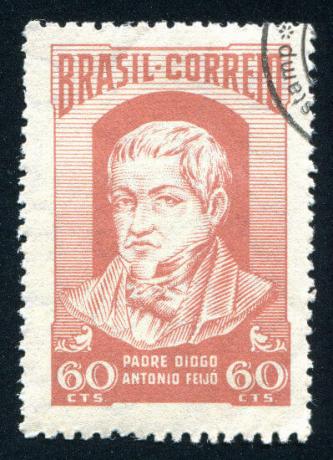Located in the fertile Mekong River Basin in Southeast Asia, Cambodia's territory borders on Laos (to the north), Vietnam (to the east), Thailand (to the northwest), as well as being bathed by the Gulf of Siam (the south-west). The country is a former French colony, and gained independence in November 1953.
Its area is covered by tropical forests and cut by three great mountain ranges. In the northwest of the country is located the Archaeological Site of Angkor, a World Heritage Site. It is a country marked by conflicts that have caused the death of approximately two million people in recent decades.
In 1970 Cambodia was under the rule of the left-wing Khmer Rouge faction, led by Pol Pot, which started a persecution of the more educated population, the economic elite and the opponents of the political regime adopted. This period was the bloodiest in national history, it is estimated that more than a million people were killed in the extermination camps.
It was only in 1986 that a pacification dialogue was initiated in the country, and in 1991 a peace treaty was signed between the conflicting forces in Cambodia. A coalition government installed in 1993 is still trying to rebuild the country in terms of socioeconomic aspects. However, many problems persist in this one, among them are: organized crime and drug trafficking. In addition, the Khmer Rouge guerrillas continue to operate in some regions. All these factors are obstacles to Cambodia's development.
The country's economy has agriculture as its main activity. The elementary agricultural product is rice, and coffee, sugar cane, tea and black pepper are also grown.
Currently (2010), Cambodia is one of the economically poorest nations in Asia.

Cambodia Coat of Arms
Cambodia data:
Territorial extension: 181,035 km².
Location: Southeast Asia.
Capital: Phnom Penh.
Tropical weather.
Government: Parliamentary monarchy.
Administrative division: 22 provinces.
Language: Khmer.
Religion: Buddhism 84.4%, Chinese folk beliefs 4.5%, traditional beliefs 4.4%, other 4%, no religion and atheism 2.7%.
Population: 14,805,358 inhabitants. (Men: 7,244,747; Women: 7,560,611).
Ethnic Composition: Khmers 90%, Vietnamese 5%, other 5%.
Demographic density: 82 inhabitants/km².
Average annual population growth rate: 1.6%.
Population residing in urban areas: 22.16%.
Population residing in rural areas: 77.84%.
Undernourished population: 26%.
Life expectancy at birth: 58.6 years.
Households with access to clean water: 65%.
Households with access to a health network: 28%.
Human Development Index (HDI): 0.494 (average).
Currency: Riel.
Gross Domestic Product (GDP): US$8,639 million.
GDP per capita: 598 US$.
External relations: Asean, World Bank, IMF.
By Wagner de Cerqueira and Francisco
Graduated in Geography
Brazil School Team
countries - geography - Brazil School


